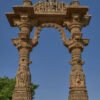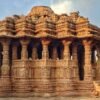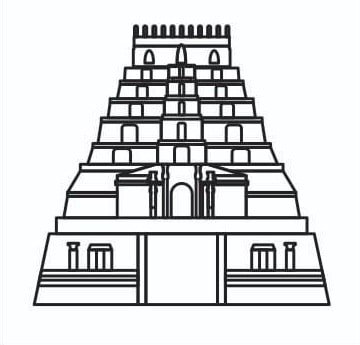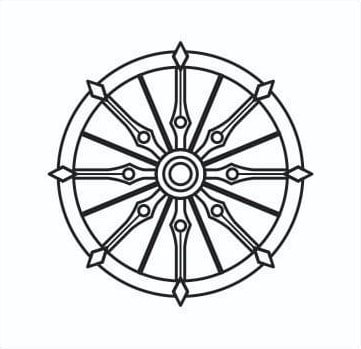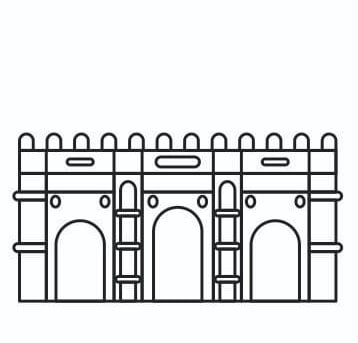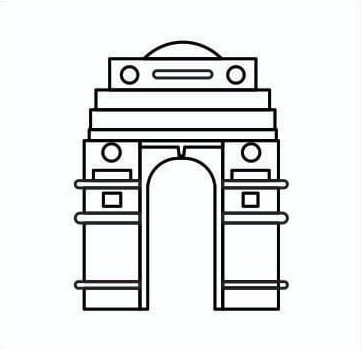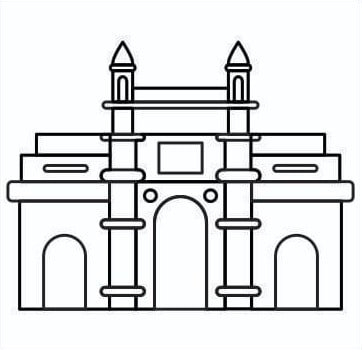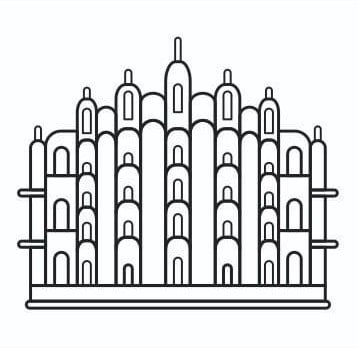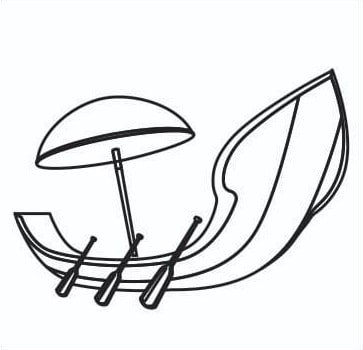Monument – Kankaria Lake, Ahmedabad
Built by – Sultan Qutab-ud-Din
Built in – 1451
“Kankaria Lake is a multisided lake that Sultan Qutab-ud-Din built in 1451 A.D. An artificial lake with thirty-four sides lies on the southeastern side of Ahmedabad. The lake also features a stunning island summer palace. It is believed that the Mughal Emperor Jahangir often visited Kankaria Lake along with his wife, Empress Noor Jahan.
The origin of Kankaria Lake goes back to Chalukyan times. According to the 14th-century chronicler Merutunga, the Chalukya ruler Karna built a temple dedicated to the goddess Kochharba. He also established the Karnavati city close to Ahmedabad, where he commissioned the Karnamukteshwara and Jayantidevi temples. The king also built the Karnasagara tank at Karnavati next to Karneshvara Temple. They say Karnasagar tank is today’s Kankaria Lake.
Though the construction was started by lake started by Sultan Muizz-ud-Din Muhammad Shah II, it was completed in 1451 in Ahmedabad’s architectural golden period by Sultan Qutb-ud-Din Ahmad Shah II. Researchers say that the name Hauj-e-Qutb (the tank of Qutb) after the Sultan Qutb-ud-Din was the original name of the lake.
Historians believe that the lake gets its name from the large quantities of limestone (kankar in Gujarati) that was dug out of it during excavation. Another story narrates that Sultan Qutb-ud-Din asked Saint Shah Alam to select the site for a tank and a garden in his kingdom. The saint scattered some pebbles on the site, which was later excavated, and the lake was built on the exact spot.
The historical Kankaria Lake having a periphery of about 2.5 Km, has been the symbol of Ahmadabad’s identity for almost 500 years. The historic lake around an island garden called Naginawadi has been an evergreen outing place for the people of Ahmedabad. Along with the adjoining Zoo, Balvatika, Aquarium and surrounding hill gardens, it offered a complete entertainment centre.
Given an expanse of around 4 sq km of permanently filled water body, it has acted as the lungs of the relatively lower-income South Eastern part of the city.”
Photo Courtesy – www.triphobo.com

